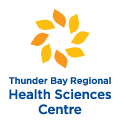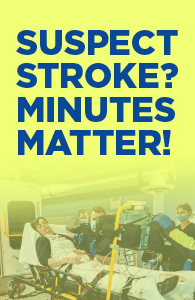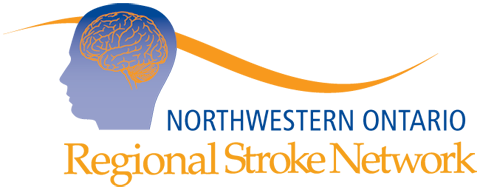Community Re-engagement
Community-Based Programs Supporting Stroke Rehabilitation in the North West LHIN
This quick reference document for Clinicians outlines programs that support rehabilitation and community re-engagement (progression, maintenance and self-management) for people with stroke.Programs listed are available to adult residents of the North West LHIN who are living in the community after Stroke or TIA.
Community re-engagement requires an environment facilitating empowerment and reintegration of a stroke survivor and caregiver into family, social and community relationships and activities. Throughout the continuum of stroke care, care providers play an important role in facilitating ultimate community re-engagement by:
- empowering and supporting stroke survivors to develop goals and the plans to achieve them
- ensuring that rehabilitation progresses
- sustaining their clients’ feelings of optimism about their recovery
For some time after a stroke, the lives of the stroke survivor and the caregiver are dominated by the stroke and its aftermath. Eventually, the impact of the stroke gets smaller and life beyond the stroke expands. The anticipated end result of rehabilitation, and the goal for stroke survivors, is community re-engagement.
Community re-engagement has been defined as “The reorganization of physical, psychological and social characteristics so that an individual can resume well adjusted living after illness (stroke)” (Wood-Dauphinee and Williams, 1987).
The post-discharge period is consistently reported by stroke survivors and their families to be a stressful and challenging time as they adjust to new roles and potentially altered functional and cognitive abilities of the stroke survivor. Therefore, community re-engagement is an important and vital component in the continuum of stroke care.
8 Components of Community Re-engagement
There are 8 components of community re-engagement which need to be considered together for their overall impact on a person’s well-being and quality of life:
- Health Management
- Stroke survivors are able to manage their health issues to achieve and maintain the highest possible health status. Stroke survivors and/or caregivers have appropriate access to healthcare resources and a family physician. Ensure knowledge of and access to secondary prevention clinics, community supports or hospital services. Stroke survivors also must understand the risk or post-stroke depression.
- Life Roles
- Stroke survivors are satisfied with life roles and participate in these life roles optimally.
- Social Network
- Stroke survivors are assisted to self-manage goals, outcomes, and decisions through identifying a range of agencies and individuals to form a coordinated resource recognizing and supporting the stroke survivor’s abilities, not limitations.
- Environment
- Stroke survivors achieve maximum independence with abilities by modifying the home or community environment to support life roles or routines.
- Communications
- Stroke survivors are able to communicate at an optimal level to express needs, goals, and desires and can participate in desired social interactions.
- Mobility
- Stroke survivors can move and access desired leisure and self-care activities, places and roles.
- Caregiver Support
- Caregiver copes with care needs of the stroke survivor, while maintaining physical health and emotional and psychological social well being. This may be accomplished by ensuring the caregiver can access community-based resources, respite care and educational opportunities.
- Financial Management
- Stroke survivor needs to have the financial resources to enable them to return to their valued activities, and to access programs and carry out necessary adaptations to environment, i.e., renovations for home, etc.
The Trigger Tool
The Trigger Tool was developed by the Toronto West and South East Toronto Stroke Networks. The tool follows the community re-engagement framework, identifying the 8 components of community re-engagement, along with a list of corresponding reflective questions and community resources. The Trigger Tool is intended to guide health care professionals from across the continuum of care in a reflective process to engage stroke survivors and their loved ones in their journey towards successful community re-engagement.






